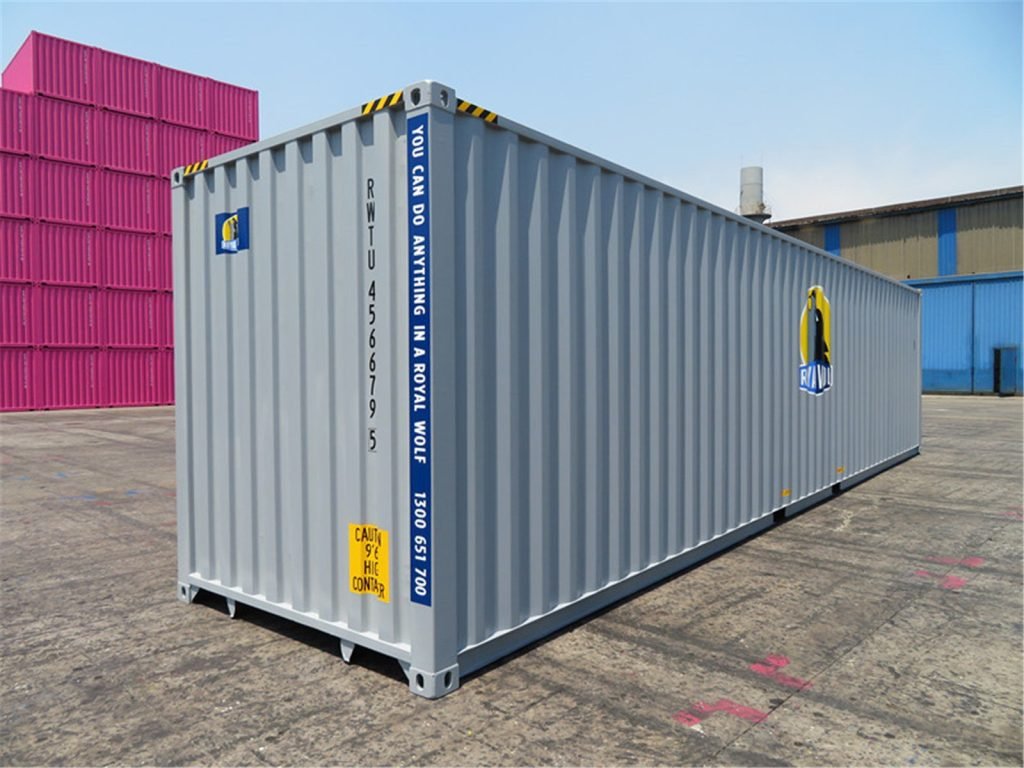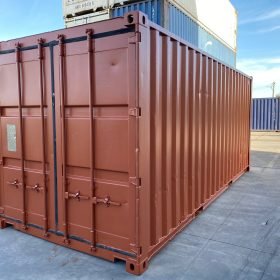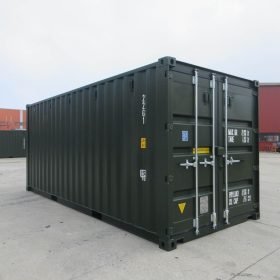From Container to Café: The Rise of Shipping Container Food Stalls
In recent years, shipping container food stalls have emerged as a popular trend in urban areas worldwide, transforming the food landscape while offering unique dining experiences. These portable kitchens are not just a creative solution for food vendors but also a response to the increasing demand for affordable, flexible, and sustainable food options. As cities become more crowded and real estate prices soar, shipping container cafés have carved out their niche, providing both entrepreneurs and consumers with a fresh take on dining.
The Concept of Container Food Stalls
Shipping container food stalls are essentially repurposed cargo containers that have been converted into kitchens and dining spaces. Their origins can be traced back to the rise of food trucks, which gained popularity for their mobility and lower startup costs. However, the container café concept takes it a step further by offering a more permanent structure that can be strategically placed in high-traffic areas. This trend not only reflects innovation in the culinary space but also highlights a shift towards sustainable practices, as these containers can be reused and modified rather than disposed of.
Advantages of Shipping Container Cafés
One of the most significant advantages of shipping container cafés is their affordability. Entrepreneurs can save on initial capital investments compared to traditional brick-and-mortar restaurants. The cost of building and maintaining a restaurant can be prohibitive, especially in urban areas where rents are exorbitant. By utilizing shipping containers, aspiring restaurateurs can significantly reduce overhead costs while creating a visually appealing and functional space.
Additionally, shipping containers are highly customizable. They can be outfitted with kitchens, seating areas, and even unique architectural features that cater to a specific theme or style. This versatility allows vendors to create a unique dining experience that sets them apart from competitors. From artisanal coffee shops to gourmet burger joints, the possibilities are endless.
Sustainability and Environmental Impact
As consumers become more environmentally conscious, many are drawn to businesses that prioritize sustainability. Shipping container cafés embody this ethos by repurposing materials that might otherwise end up in landfills. The process of converting a container into a café also generates less waste than traditional construction methods. Moreover, these structures often require less energy to operate, and some vendors have even incorporated eco-friendly features such as solar panels and rainwater harvesting systems.
Furthermore, shipping container food stalls often promote local produce and sustainable ingredients, supporting nearby farmers and reducing the carbon footprint associated with transportation. This commitment to sustainability resonates with customers who prioritize environmentally friendly practices in their purchasing decisions.
Community Engagement and Vibrancy
The rise of shipping container cafés has also contributed to the revitalization of urban spaces. These food stalls often pop up in vacant lots, parks, or previously underutilized areas, breathing new life into communities. By creating vibrant, communal spaces, they foster a sense of connection among residents. Many shipping container food stalls host events, collaborate with local artists, and offer live music, turning these venues into cultural hubs that celebrate local talent and creativity.
Additionally, the informal nature of container cafés encourages social interaction. Unlike traditional restaurants, which can sometimes feel exclusive or intimidating, shipping container stalls offer a more approachable dining experience. Patrons can grab a quick bite, enjoy their meals outdoors, and engage with the vendors, creating a sense of community and connection.
Challenges and Considerations
While the concept of shipping container cafés is appealing, there are challenges that entrepreneurs must navigate. Local regulations regarding food safety, zoning, and building codes can vary significantly. Vendors may need to invest time and resources into obtaining permits and ensuring compliance with health regulations, which can be daunting for new business owners.
Moreover, the success of a shipping container café often depends on its location. High foot traffic is crucial for attracting customers, and finding the right spot can be challenging. Vendors must conduct thorough market research to identify the best locations and demographic target.
The Future of Shipping Container Cafés
As the trend continues to grow, we can expect to see more shipping container cafés popping up in cities around the world. Their combination of affordability, sustainability, and community engagement makes them an attractive option for both vendors and consumers. Additionally, as urban areas grapple with issues like overpopulation and high rental costs, shipping container food stalls offer a viable solution that can help revitalize neighborhoods.
In conclusion, the rise of shipping container cafés represents a dynamic shift in the food industry. These innovative stalls provide entrepreneurs with a unique opportunity to start their businesses while contributing to sustainable practices and enhancing community engagement. As more people discover the charm and convenience of dining in these container-based establishments, it’s clear that they are here to stay, reshaping the culinary landscape for years to come.






